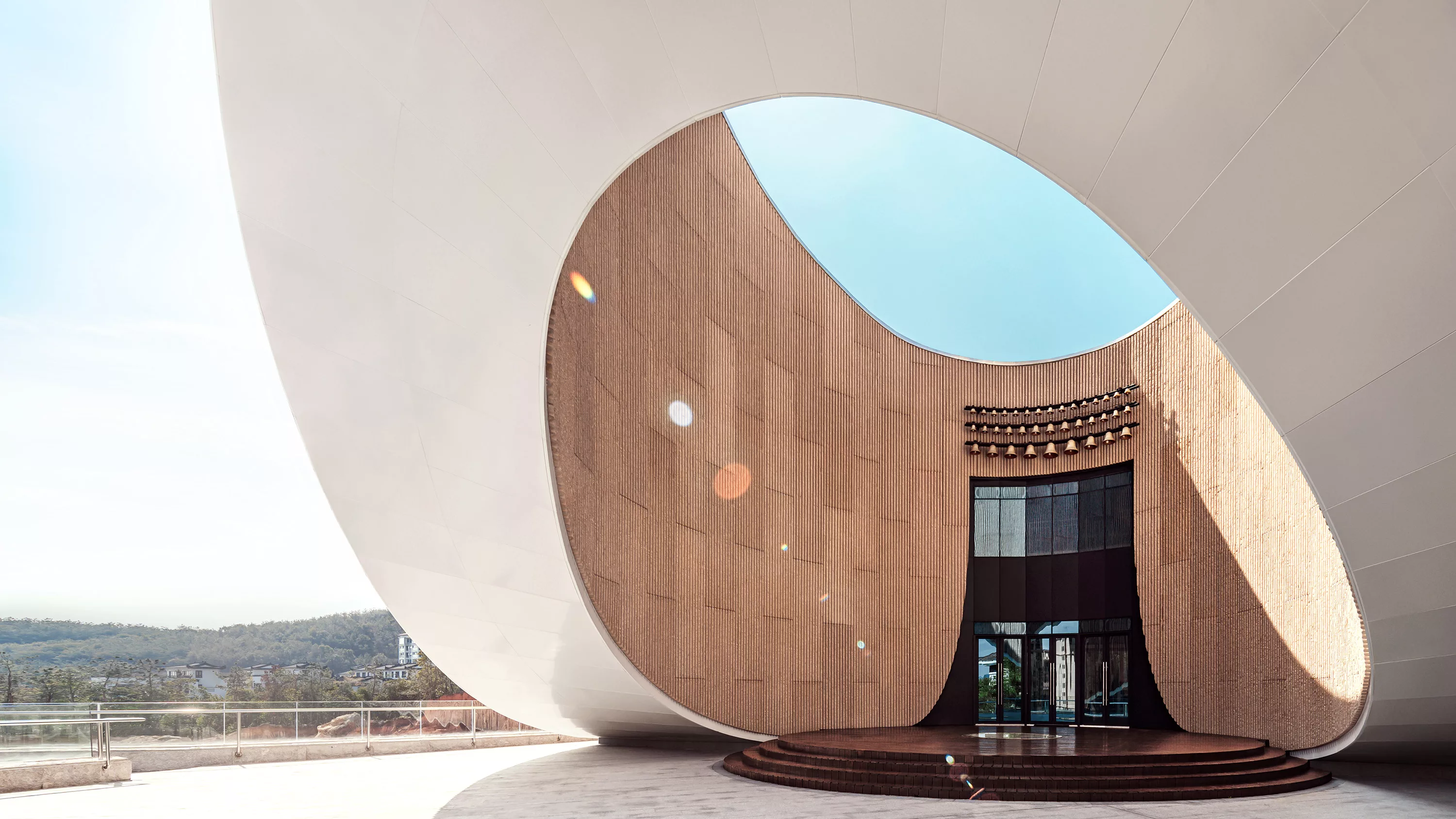
In a rapidly urbanizing China, some houses of worship are taking inspiration from the Bible while rethinking local architectural tradition.
A scroll-shaped steeple. An imposing ark-shaped atrium. A pipe organ feature reminiscent of 19th-century North American Methodist churches.
These are some of the more striking elements in the Three-Self churches that Brazilian German architect Dirk U. Moench has designed in China. The Lutheran founded the design firm INUCE in 2011 and has offices in Fuzhou, China, and Münsterlingen, Switzerland, where he is currently based.
Moench has designed four churches in China. Two churches in Fuzhou and Luoyuan were completed in 2018 and 2021, respectively, while one in Julong was finished this year. Another ongoing project in Jinshan has garnered nationwide attention and received tens of thousands of likes on social media platforms like Weibo and Xiaohongshu (Little Red Book), according to Moench.
CT interviewed Moench on how Chinese church design interfaces with Western architectural principles and the ways a church’s physical building can interact with and participate in China’s swiftly evolving urban landscape.
When you were asked to design a church in Fuzhou’s Jinshan district, Chinese officials and politicians told you that they wanted “a modern church for a modern China.” How did you interpret this?
In many ways, this is a political sentence. You have to fill it with meaning as an architect and as a Christian.
Architects like to refer to the term genius loci, or “spirit of the place” in Latin, in that a building is a reaction to its immediate built environment, like historic buildings, specific roads, landscape features, and also built tradition—an architect’s filtered and amplified perception of a place’s essence.
Since Chinese Communist leader Deng Xiaoping’s …

